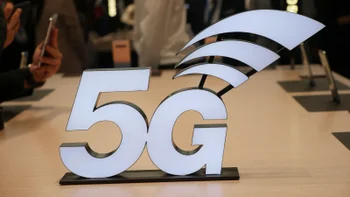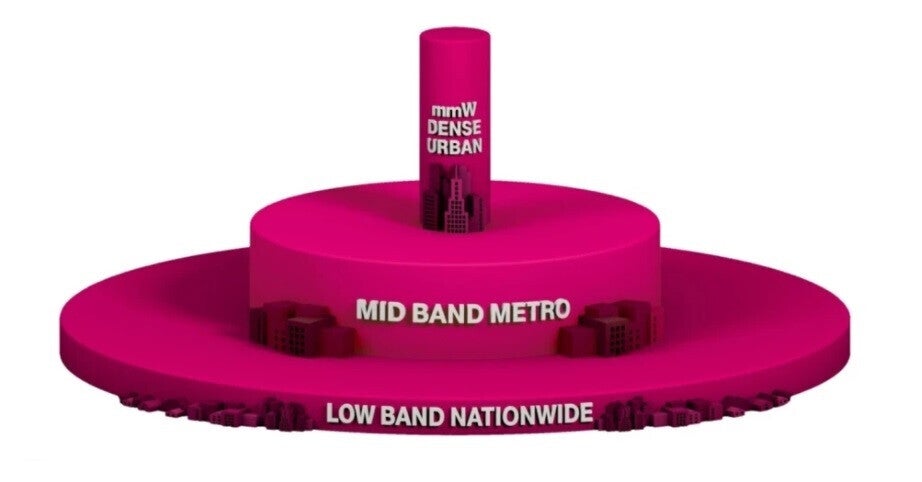U.S. carriers look to fill the holes in their 5G coverage

Mobile providers might be spending less money on 5G this year, but that doesn't mean that they are done with their 5G buildouts. According to FierceWireless, during the Goldman Sachs Communacopia + Technology Conference this week, the talk from executives of the big three tower firms in the U.S. wasn't dour. In fact, it wasn't gloomy at all. Because U.S. wireless firms are still building out their 5G networks, the business of leasing towers is still putting food on the table.
Most 5G expansion is being done in the mid-band segment
The report says, and this is no surprise really, that most of the expansion is being done in the mid-band segment which is where most of the wireless firms' customers can be found. These firms are trying to close the gaps in their coverage by using small cells in urban areas to make sure that every inch is covered with their firm's mid-band 5G signals. American Tower CFO Rod Smith says, "We’re at the end of the beginning of the 5G cycle. But operators will continue to invest in capacity. We saw it in 4G, and we saw it in 3G, and we expect to see it with 5G."

T-Mobile's 5G layer cake stresses the use of mid-band 5G spectrum
Smith added that wireless firms are spending more on 5G than they did on 4G and added that mid-band is the "workhorse" of 5G which means that more cell sites and antennas in the mid-band spectrum will need to be employed. And we all know about the cons of mmWave high-band airwaves. Because these signals don't travel far, customers of wireless firms have a hard time finding mmWave service.
Low-band spectrum is perfectly suited for nationwide 5G because those signals can travel far and can penetrate structures and trees. But while such signals are the easiest for mobile customers to find, the data speed delivered by low-band spectrum is not spectacular. As it turns out, mid-band is the Goldilocks of wireless because these signals travel greater distances than low-band, and while not as fast as mmWave, they can deliver download data speeds 10x faster than what low-band provides.
Tower leasing firm Crown Castle spotted a slowdown in tower leasing which caused it to reduce its forecast for 2023 after the end of the second quarter. Company president and CEO Jay Brown said that last year leasing activity was heavy and he expects tower leasing activity to grow 5% this year. He notes that the 5G buildout is different than what was seen during 4G and 3G since the big three carriers all started building out their 5G pipelines simultaneously.
5G has yet to find its "killer app"
Crown Castle expects to deploy over 10,000 small cells this year which will be needed if certain industrial applications for 5G take off, such as retailers using drones to deliver purchases. Brown, the firm's CEO, said, "Macro towers can’t solve all of the need. When there are targeted uses, where there are capacity constraints, small cells excel at handling that."
SBA Communications CFO Brendan Cavanagh said to investors that the 5G buildout has been different than the 4G and 3G experience because of the lack of a killer app. But Cavanaugh did say that once the FCC gives T-Mobile access to the hundreds of 2.5GHz mid-band licenses it won at auction last year, there will be a surge in deployment of 5G mid-band spectrum by the industry. You might recall that these licenses have been in limbo since the FCC's auction authority expired in March and Congress has yet to renew it.
As you might expect, all three executives are happy to see Dish involved in building out its 5G network and meeting the goals placed on it by the FCC. The next deadline Dish has to meet takes place in June 2025 when it is required to have its 5G signals reach 75% of Partial Economic Areas (PEAs). The three executives say that they expect Dish to start working to meet the next goal at the beginning of 2024.










Things that are NOT allowed: